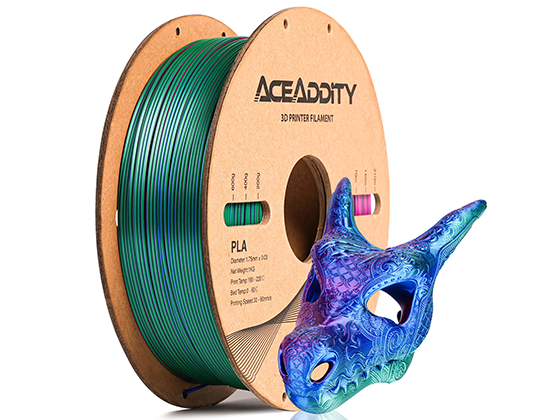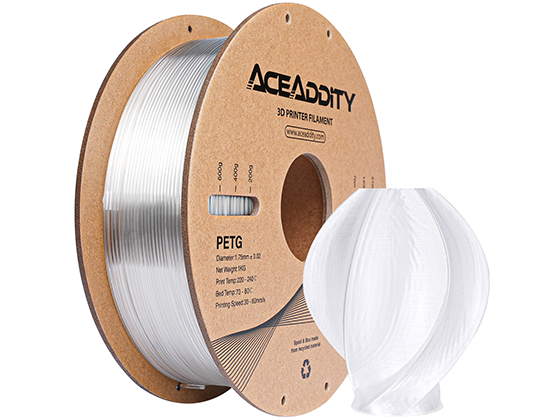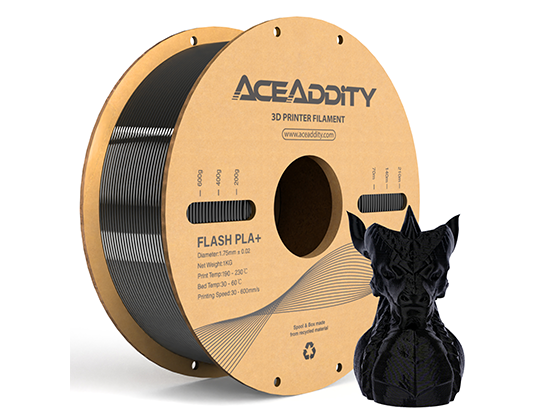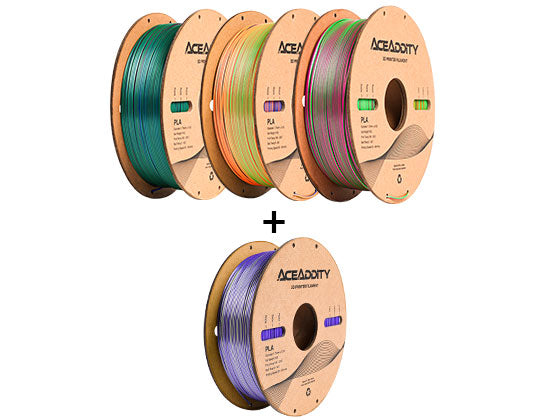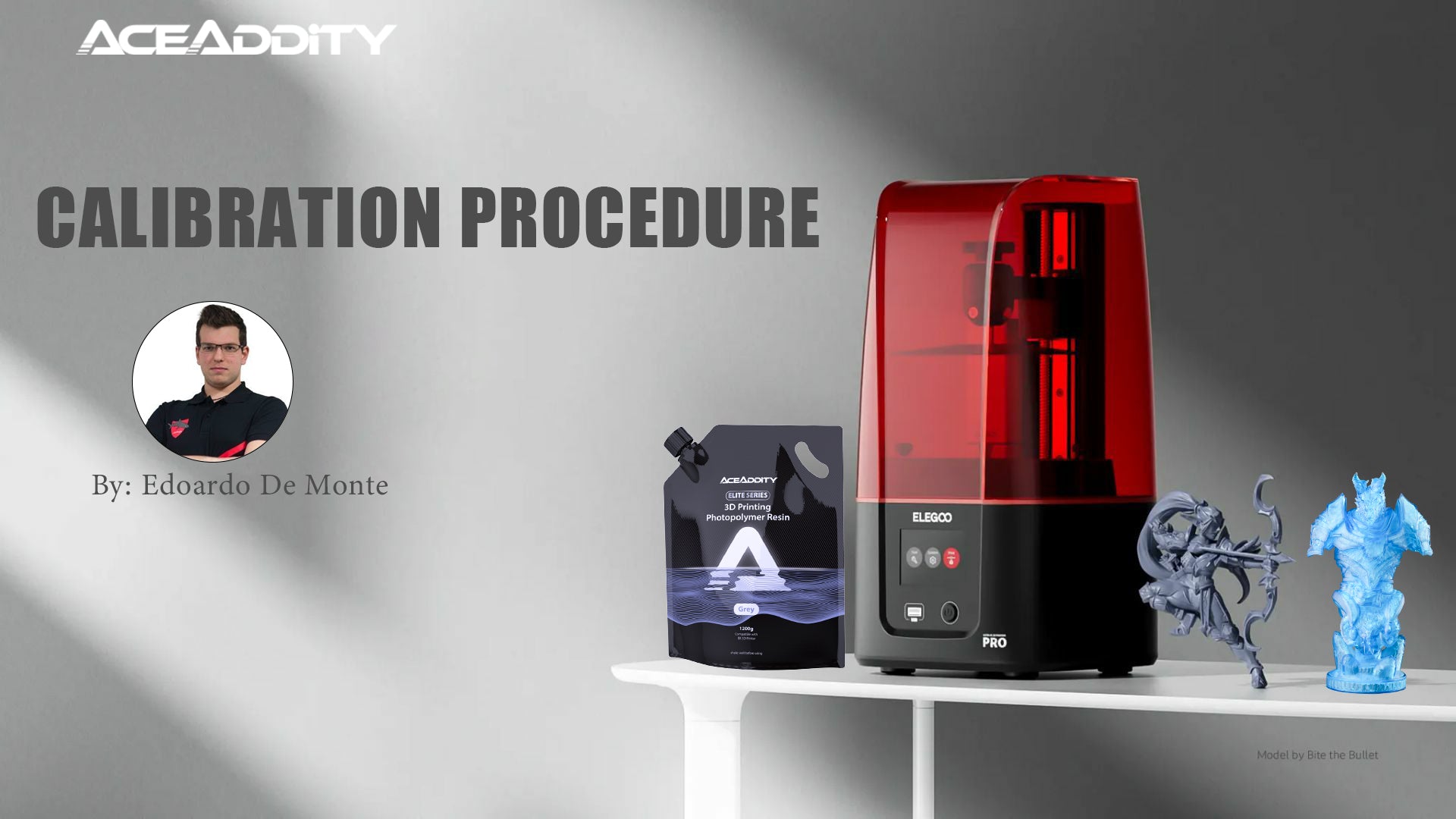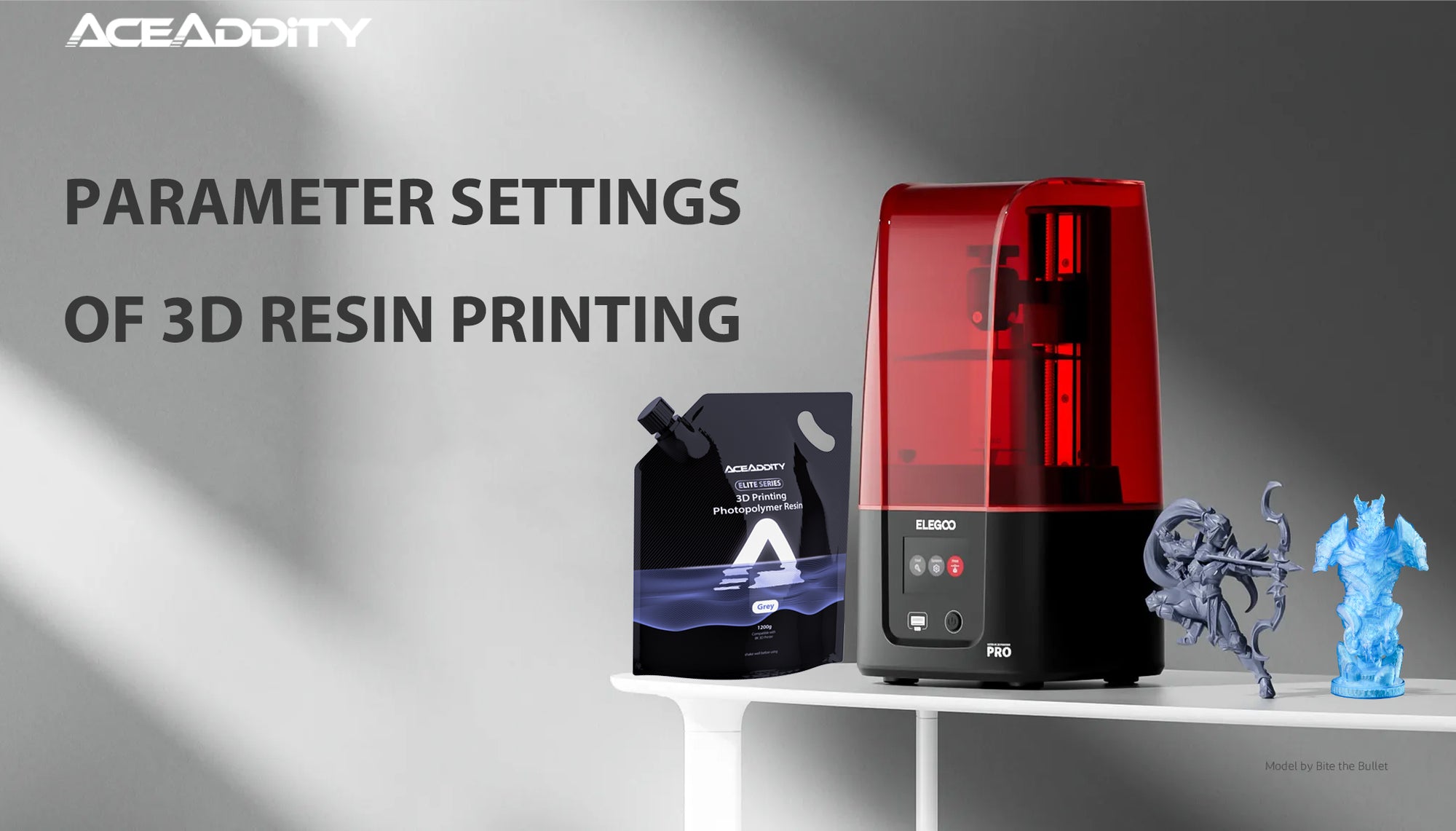In this chapter I’ll present the two test files I use and how to read them to adjust the printing parameters according to the results.
XP2 Validation Matrix

This is a very quick test file to find the optimal exposure time to capture the detail on our objects. The parameters we can evaluate are the normal and bottom exposure times.
About the normal layers’ exposure time, we can understand:
- Overexposure: it occurs when the exposure is too long. It’s recognizable because the details merges: the rectangles’ points are merged with the adjacent ones, and it happens in the central symbol. The result is that we lose crispness and details. Solution: decrease the exposure time.

- Underexposure: it occurs when the exposure is too short. It’s recognizable because the details in the circled areas don’t touch each other and are partially printed. The result is a weak print that will cause failures during the printing process. Solution: increase the exposure time.

- Correct exposure: it’s recognizable because the details in the circled areas touch each other maintaining the edges sharp. The raised lines at the edges won’t print because they’re too thin to be printed with optimal parameter and we don’t have to worry about it.

About the bottom layers’ exposure time, we can understand:
- Overexposure: it occurs when the object is too hard to detach from the plate and requires a metal scraper or the object shatters while removing. Solution: decrease the exposure time.
- Underexposure: it occurs when the object detaches partially or completely from the plate while printing, leading to the print failure.
- Correct exposure: it’s recognizable because the objects detaches easily but we can still feel some resistance when peeled from a corner. This means that it has enough adhesion to withstand the entire printing process but won’t make us mad to remove the objects from the plate.
One thing to keep in mind is that this file gives us a hint about the optimal exposure time: the next file will tell us more about the strength of the printed objects during the process.
Phrozen RP Finder

This file is a more complete test, that tells a lot more than the previous one about all the parameters. It is composed of different parts, each one with its unique features that tests different aspects at the same time.
- A, B: Pillars without and with hole: these are an indicator of the resin strength with the set exposure time. The best result is to print all the pillars, but a more realistic one is to print all the full pillars and at least the 0.8 mm holed pillar: this happens because these parts result also depends on the resin strength properties. These pillars are useful to have an esteem of the minimum printable support dimension, useful when supporting the files in the slicer. Remember that these pillars can be teared if the lift speed is increased, so they’re also an indicator if the lifting speed is adequate to the exposure time set.
- C: Rectangular beams with defined space. This parts tests how strong the resin is while printing and it’s an indicator of how much the supports can be spaced in order to make the printed object stable and undeformed. The beams will be curved at the centre due to the peeling force when detaching from the FEP and this curvature will be higher with the longest unsupported distance. The objective here is to determine how far two supports can be placed to have an undeformed print: for example, if the 2.8, 4.0 and 5.5 mm beams are undeformed (see the following photo), for safety reasons I’d choose to place the supports in a range between 4 and 5.5 mm of distance between each other when I’ll manually support the files. Keep in mind that higher the layer height, longer will be the unsupported distance and it is translated in longer uncurved beams. For example, at 30 µm I had the 2.8, 4.0 and 5.5 mm undeformed; at 50 µm also the 7.0 mm. The curvature can worsen with the increasing of the lift speed because of the higher peeling forces.

- D: Raised and engraved small details. This part tests the capacity of the combination of resin + exposure to hold the tiny details. The objective is to set the exposure time in order to have also the smallest engraved and raised lines visible at bare eye.
- E, F: pillars and holes in inclined surfaces. As regards the pillars, it’s the same as parts A and B. For the holes, they indicate how much the resin is strong when printing an angled flat surface weakened by a lot of holes. If this part is deformed, the solutions are increasing the exposure, changing the resin to a better one or adding supports to angled parts.
- G, H, I, J: parts to evaluate the level of over-/under-exposure in detailed areas, both horizontal and inclined. If over-exposed the edges of the squares and hexagons will be merged and deformed; the gaps between the hexagons will be partially or completely filled with resin; there won’t be crisp edges. If under-exposed, the squares edges won’t touch each other, and the hexagons will be partially printed with a large gap between each other. The Phrozen label will be partially printed without crisp edges.
- K: exposure and anti-aliasing test on curved surface. As regards exposure, this part reads the same as the previous ones. As regards the anti-aliasing, the top part of the semi-sphere will have visible layer lines because of its curved shape: this factor can be used to determine the optimal anti-aliasing level to make these lines disappear evaluating different AA settings (once the exposure time as been correctly set).
Again, this test is a better tool than the previous one to define the parameters, but they’re not definitive. The final test will be printing some benchmark models to test once and for all if the settings used are perfect or not.
Benchmark Models
The final test is, obviously, to print some benchmark models of different types to evaluate the overall performance of the combination of resin and printing settings. What kind of models do we need to define if the parameters are perfect for us? First, I suggest pre-supported files: manually adding supports its tricky and can lead to failures not related to the printing parameters. Because of this, use only pre-supported files to evaluate only the printer settings.
The ideal models to print are the following:
- Miniatures 28-32 mm scale. These miniatures feature very tiny details and are perfect to determine if the exposure times are over- or under-exposed. To judge the result, we just need to print a miniature, clean it and compare it to the digital file to identify if some parts are missing (under-exposure) or some details are cancelled (over-exposure).
Start with one model at a time, then print a plate full of models. It can happen that the lift distance is enough for one model, but when the plate is full it’s not enough and the print fails because the layers don’t detach from the FEP during the lifting movement. So, during this test, if we find out that suddenly some models stopped printing and half of them is on the plate while the other attached to the FEP film, try to increase the lift height.
Last thing, printing some benchmark models is the final verdict for the parameters. Sometimes the calibration tests will tell that the exposure is too low, but when you print the models come out perfect; or, vice versa, that the exposure is right, but the benchmark models come out over-exposed with missing details. Always trust the benchmark models to make the final decision.


